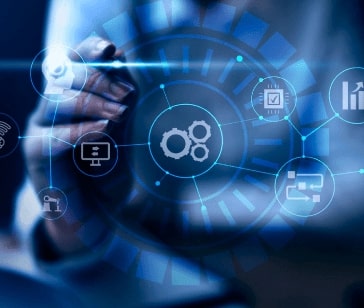Exceptional IT Support and Growth with Infiniwiz
Infiniwiz has been our IT company for over 7 years - what I love most about working with them is how quick they are to respond and resolve issues. We started working with them as a smaller firm, and as we grew, they were still able to accommodate our increased needs. They are extremely professional and knowledgeable in the tech space, and their employees are very kind and easy to work with. I highly recommend Infiniwiz whether you have a small, medium, or large size company.
Krystina B.
Real Estate / Financial




